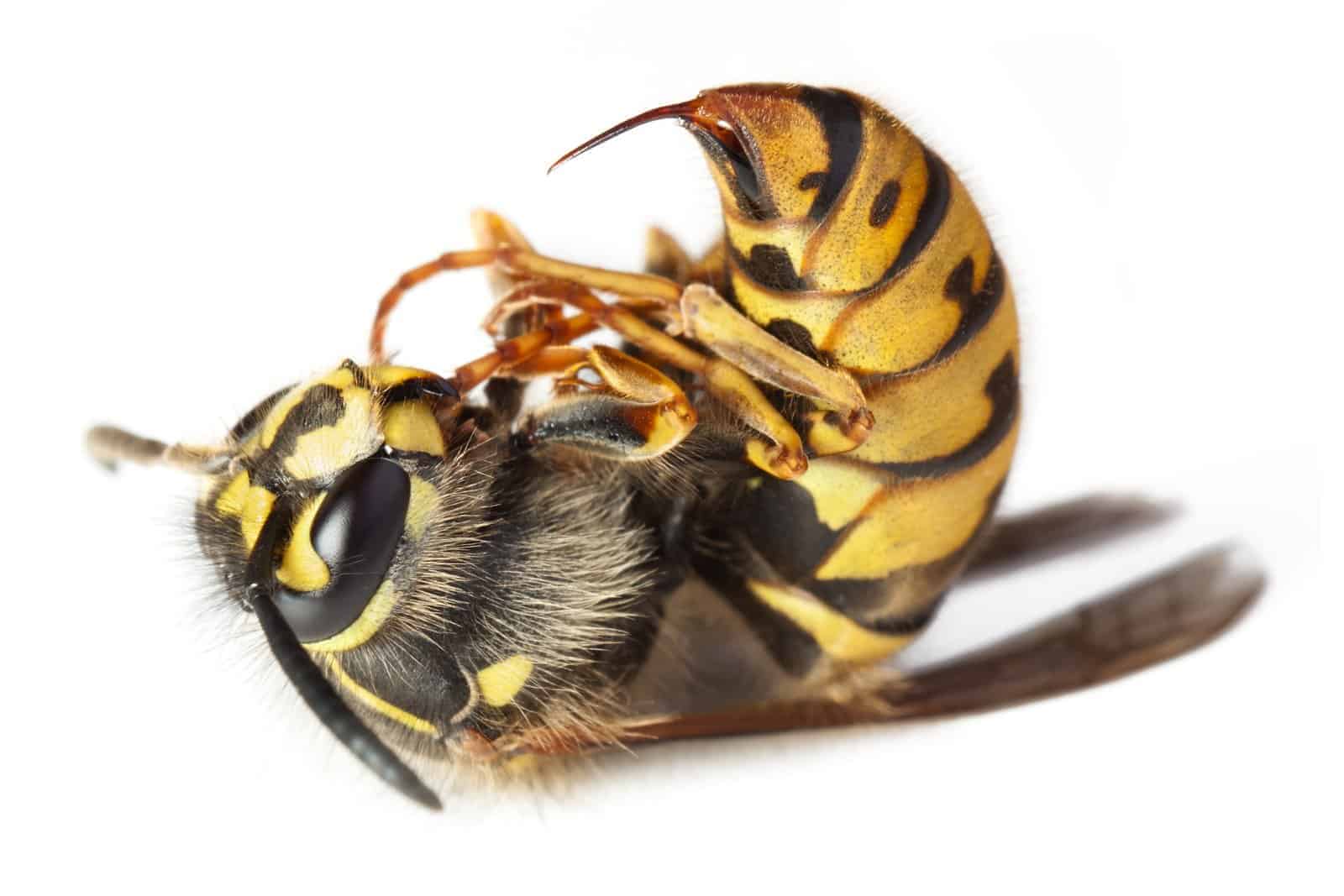Within the honeybee colony, the queen bee is the largest one of them all. With an average size of around 2cm, it’s about twice the size of your traditional worker bee. Because of their sheer size (compared to the rest), many people are wondering about this question, “do queen bee stings hurt more?” and here’s what you need to know.
It’s doubtful that you’ll be stung by a queen bee because of their job role. If anything was going to sting you, it’d be a worker bee. However, it’s actually known that a queen bee’s sting doesn’t hurt as much. This is because their stinger isn’t barbed like the others found on worker bees.
Surprisingly, a queen bees sting isn’t as painful as everyone may think. In fact, it’s the least painful out of the honeybee colony. Want to know more about bee stings? See the below:
Do queen bee stings hurt more
So, as you’ll know, different bees in the colony have different roles. The main distinction is between workers and the queen, but individual workers do also have specialized roles. The point being, you might expect that the queen would have a more powerful stinger than the rest of the colony.
Queen bees aren’t the ones who need to do the stinging. They very rarely even leave the hive. Their main job is laying eggs, and it’s the job of the rest of the colony to protect the hive and the queen. So, they’re the ones who have the more powerful, barbed sting; to ward off anything trying to get at the hive.
The only reason the queen has a stinger at all is to defend herself against rival queens. Usually not in a dramatic duel, but before they can develop out of their cells.
So no, queen bee stings don’t hurt more because the queen never leaves the hive under normal circumstances. Therefore, queens have had no reason to develop a strong stinger.
What happens if you get stung by a queen bee?
All of that said, it’s not impossible to get stung by a queen bee. Sometimes, they will leave the hive if the colony moves to a new home, and naturally, the queen will have to move. They still wouldn’t be particularly inclined to sting you; they’d rather let the rest of the colony do it.
However, if you do get stung by a queen bee, one thing you may notice is that they’re able to sting you multiple times. This is because, again, of the fact that queen bees do not have barbed stingers. Ordinary worker bees typically lose their stinger after stinging something because their barbs get stuck in the flesh and tear away when the bee pulls out.
Queen bees have smooth stingers, which may allow them to sting multiple times. But, again, it’s really not in their disposition to do so; lone, wandering queens looking for a new hive are not unheard of, but they’re not very common. And, unless the bee was alone, she would more than likely just let the rest of the colony handle the stinging.
What bee sting hurts the most?
Within a bee colony, there are only two types of bees that can produce a sting. These are worker bees and queen bees. Because of this, there isn’t a significant difference in which bee has the most painful sting.
However, it is known that a worker bee’s sting is slightly more painful. This is because they come equipped with a barbed-like stinger. Due to the worker bee having this type of stinger, it gets stuck into your skin and is hard to get out. The longer the stinger is in your skin, the higher chance it has of generating pain.
Queen’s stings don’t hurt because they don’t have a barbed stinger for one primary reason. Instead of this, it’s smooth, meaning it can easily be injected into your body and comes out easier. As a result, the pain doesn’t accumulate as much as it would if a worker bee were to sting you.
The main purpose of the different stingers comes down to their job roles within the hive. Worker bees need a much sharper and vicious stinger to protect themselves when they’re outside the hive. Whereas the queen is primary based inside the hive because she needs to lay eggs.
As you can see, there are only two bee types within a colony that can actually produce a sting. The likelihood of you even becoming stung is very unlikely if you don’t agitate the bees. However, if you do, you may want to try and be stung in other areas. Wanting to know where bee stings hurt the most? Check out the below:
Where does it hurt the most to be stung by a bee?
Without a doubt, after being stung by a bee, you’ll probably think twice about surrounding yourself near one in the future. The pain isn’t unbearable, but it’s unpleasant. But, our body has higher and lower pain thresholds. Because of this, people have tested different stings around their bodies (would you believe it?).
Someone called Michael Smith tested 25 different body parts to identify the most painful area to be stung. The test itself was conducted in 2014, and Smith tested 25 different body parts. During the test, he rated the pain between 1 to 10 and begun the sting process after a test sting on his forearm each time.
After being stung 38 plus times, Smith decided that the worst place to be stung was the nostril, he gave this a pain rating of 9 out of 10. The runners up for the worst place to be stung by a bee were the penis shaft (7.3) and the upper lip (8.7). Once all the data was collected, he had an average pain rating of 2.3 for all the stings.
So, when you have bees around you, try to cover your face. Everywhere else, you’ll be just fine.




